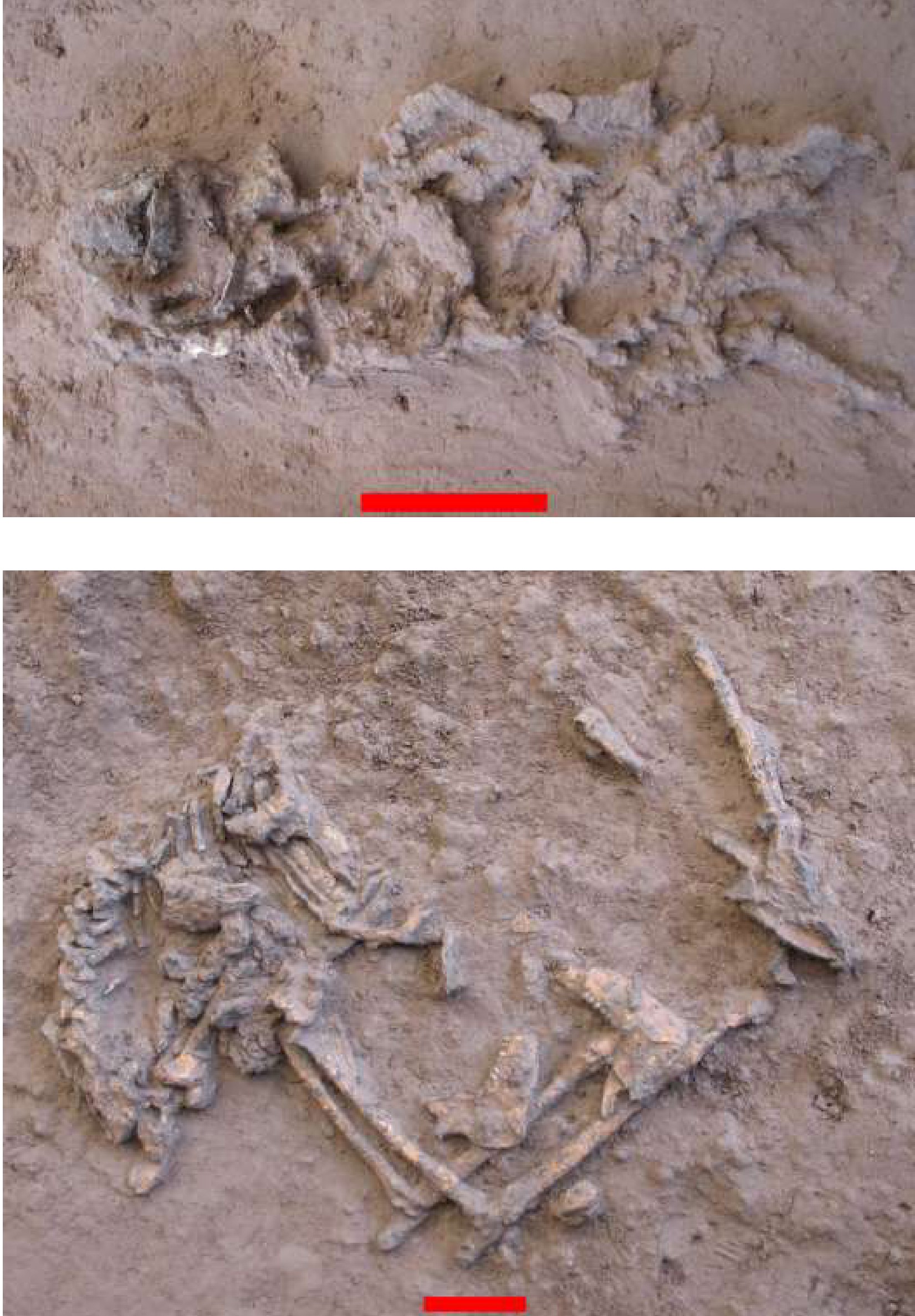DATING THE BRONZE AGE OF SOUTHEAST ASIA. WHY DOES IT MATTER?
DOI:
https://doi.org/10.7152/jipa.v43i0.15411Abstract
We have dated human bone, freshwater shell, charcoal and rice grains from key sites in mainland Southeast Asia in order to establish the chronological scaffolding for later prehistory (ca 2500 BC-AD 500). In a recent report on the metal remains from the site of Ban Chiang, however, this chronology has been challenged. Here, we respond to these claims and show that they are unfounded and misleading. We maintain the integrity of the Bayesian-modelled radiocarbon results that identify the arrival of the first rice and millet farmers in mainland Southeast Asia towards the end of the 3rd millennium BC, with the first evidence for the casting of bronze by about 1100 BC. Social change that followed the establishment of metallurgy was rapid and profound.

